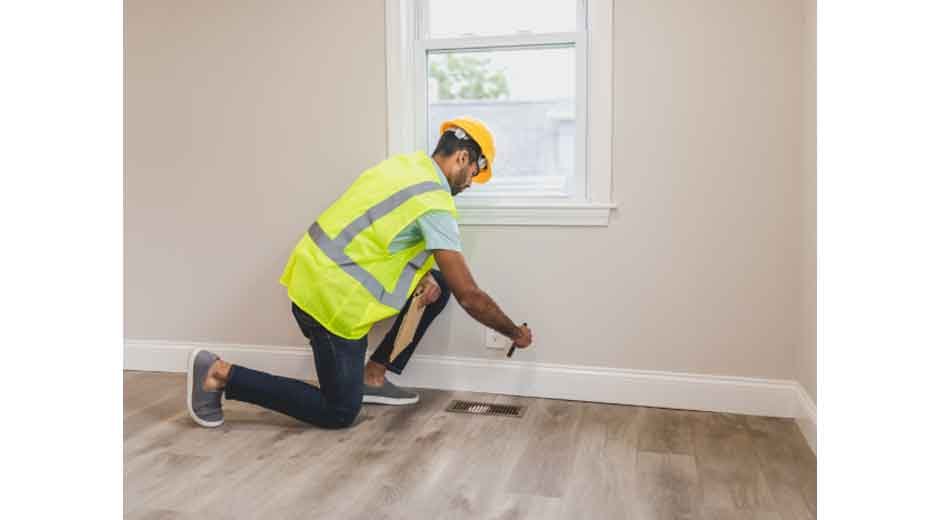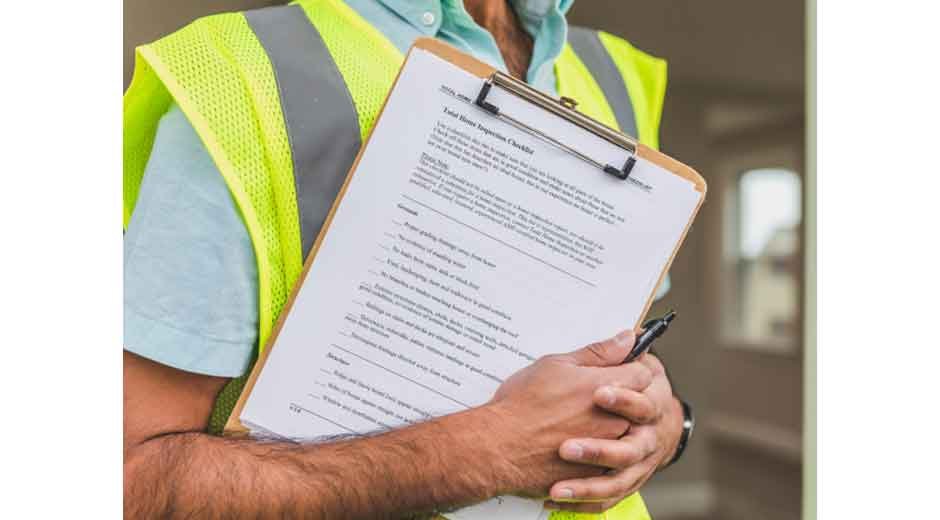Buying a new home is a milestone filled with excitement and expectations. However, even new construction can hide costly flaws that may not be immediately visible. Across both Canada and the United States, new homebuyers face similar challenges, such as rushed builds, overlooked details, and materials that fail under real-world use. In Ontario, the Tarion Warranty Program provides a structured system to protect buyers from such issues.
A Tarion Warranty Inspection plays a critical role in identifying and documenting construction defects before homeowners take possession. This process ensures that the home meets all performance standards and that any deficiencies are corrected early, preventing long-term repair expenses.
Understanding Tarion Warranty Inspections
The Tarion Warranty Corporation is a consumer protection agency created by the Ontario government to regulate new home construction and enforce the Ontario New Home Warranties Plan Act. Its goal is to hold builders accountable and ensure that every new home sold in Ontario meets specific quality and safety standards.
A Tarion home inspection and warranty process involves a detailed examination of a new home’s structure, systems, and finishes before and after move-in. It is designed to ensure that workmanship, materials, and major systems comply with Ontario Building Code requirements and Tarion’s Performance Guidelines.
The inspection process typically includes:
- Pre-Delivery Inspection (PDI):Conducted before closing, usually with the builder present, to document visible defects or incomplete work.
- 30-Day, One-Year, and Two-Year Warranty Submissions:Homeowners can file warranty forms within these timelines if issues appear after move-in.
- Seven-Year Structural Warranty Coverage:Protects against significant structural problems such as foundation cracks, load-bearing issues, and major water infiltration.
This warranty structure parallels many U.S. home warranty systems, though Tarion’s framework is government-regulated and more standardized.
Why Pre-Move-In Inspections Are Crucial
Homebuyers often assume that a new home is flawless, but even brand-new builds can contain errors. Construction schedules, subcontractor turnover, and supply shortages can lead to overlooked defects. Identifying these issues before move-in is critical for both financial protection and safety.

- Detecting Construction Defects Early
Common problems include uneven floors, improper grading, roof flashing gaps, HVAC imbalances, and electrical faults. These may seem minor at first, but can lead to costly damage if left unaddressed. An early Tarion inspection ensures they are documented and repaired under warranty, not at the homeowner’s expense. - Ensuring Compliance with Building Standards
Tarion inspections verify that homes meet Ontario Building Code requirements. This includes proper insulation, ventilation, and energy efficiency standards. In the U.S., state and municipal inspections serve a similar role, but Tarion’s approach offers a single, regulated process with clear timelines. - Supporting Accountability and Transparency
Builders registered under Tarion must meet strict qualification criteria and are monitored for consistent performance. The inspection process encourages transparency, creating a record of any concerns and confirming the builder’s compliance obligations. - Strengthening Buyer Confidence
Knowing that an independent process verifies the home’s quality gives homeowners peace of mind. It reduces the risk of unexpected post-move-in costs and builds trust between the homeowner and builder.
The Inspection Process: Step-by-Step
A Tarion Warranty Inspection follows a structured, transparent process. Homebuyers can take the following steps to ensure they get the full benefit of their warranty coverage:
- Schedule and Prepare for the Pre-Delivery Inspection (PDI)
Before closing, homeowners should arrange a walkthrough with their builder. During this inspection, they record visible defects on Tarion’s official PDI Form. This form is the foundation of all future claims. - Engage an Independent Inspector (Optional but Recommended)
Hiring a professional inspector provides an objective evaluation. Inspectors often find issues the average buyer might overlook, such as poor attic insulation, HVAC imbalances, or hidden leaks. - Document All Observations
Photos, videos, and written notes are crucial. These records serve as proof that defects worsen or remain unrepaired. Tarion’s MyHome portal allows homeowners to upload documentation and track progress. - Submit the 30-Day Form
After moving in, homeowners can file the 30-Day Form to report any defects not noted during the PDI. Examples include malfunctioning appliances, cracks in drywall, or plumbing leaks. - Monitor the One-Year and Two-Year Warranties
The one-year warranty covers workmanship and materials, while the two-year warranty covers systems such as plumbing, heating, and electrical. Homeowners should schedule follow-up inspections before these periods end to identify new issues. - Use the Seven-Year Structural Warranty for Major Defects
If major structural issues arise, such as foundation movement or roof collapse, the seven-year coverage ensures that repairs are addressed at no cost to the homeowner.
Common Defects Found During Tarion Inspections
New construction does not guarantee perfection. The following are typical issues discovered during inspections across Canada and the U.S.:
- Exterior:Poor grading causes water pooling, cracked driveways, or missing caulking.
- Structural:Framing misalignment, foundation cracks, or inadequate roof trusses.
- Mechanical Systems:Inconsistent heating or cooling, improper duct installation, or electrical circuit overloads.
- Interior Finishes:Uneven flooring, unpainted areas, misaligned cabinetry, or window leaks.
By identifying these issues early, homeowners prevent costly future repairs and protect the property’s resale value.
Comparing Tarion with U.S. Home Warranty Programs
While Tarion is unique to Ontario, similar warranty systems exist in the U.S., such as builder-backed warranties and third-party structural coverage. However, there are several key differences between the two approaches.
In Canada, Tarion operates under government regulation through the Ontario New Home Warranties Plan Act. This provides a standardized level of protection and enforcement across all builders in the province. In contrast, most U.S. home warranty systems are privately managed or vary by state. Coverage levels and enforcement procedures depend on the provider or local legislation.
Tarion also acts as both a mediator and a regulator, intervening directly when disputes arise between homeowners and builders. In the U.S., homebuyers typically rely on private arbitration or insurance claims, which can vary in cost and duration.
Another distinction lies in builder accountability. Tarion requires builders to be licensed and financially qualified before constructing homes. U.S. states handle licensing differently, and oversight may be less consistent depending on regional laws.
Ultimately, Tarion’s model emphasizes consistency and consumer protection through standardized rules, while U.S. systems allow for greater flexibility but less uniform enforcement.
How Homeowners Benefit Financially

A properly conducted Tarion Warranty Inspection can save homeowners thousands of dollars. Repairs for foundation issues, HVAC failures, or electrical defects can cost anywhere from $2,000 to $15,000 if discovered after warranty coverage expires.
Documenting problems before move-in ensures that:
- Repairs are handled at the builder’s expense.
- Warranty claims are processed faster.
- Homeowners maintain a detailed record for future resale or insurance purposes.
In both the U.S. and Canada, early inspections translate to long-term savings and higher property reliability.
Practical Tips for Maximizing Tarion Protection
- Read the Tarion Homeowner Information Package before closing to understand timelines and coverage.
- Keep a digital file with all photos, inspection reports, and builder correspondence.
- Report issues immediately rather than waiting for the next warranty period.
- Follow up after repairs to confirm quality and completion.
- Educate yourself on maintenance duties, as neglect can void parts of the warranty.
A Tarion Warranty Inspection is not just a formality. It is a proactive step that protects your financial investment and ensures construction integrity. By identifying issues before move-in, homeowners gain peace of mind, enforce accountability, and avoid unexpected repair costs.
Whether you are buying a new home in Ontario or building in the U.S., the principle remains the same: thorough inspections and structured warranties prevent financial surprises and safeguard your long-term homeownership experience.






